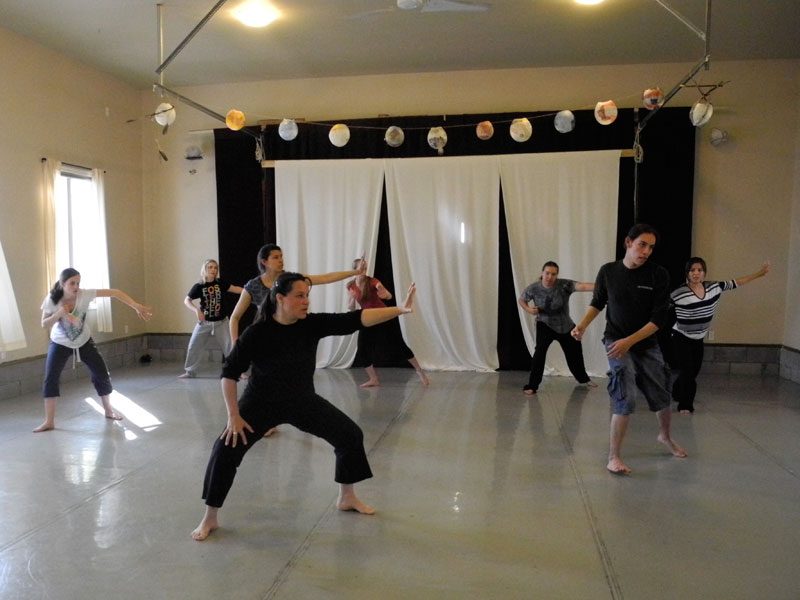August 19, 1915:
Duncan Scott in yet another attempt to stamp out all that remains of Indian Culture, sends the following memo to his Indian Agents and Inspectors;
- It is observed with alarm that the holding of dances by Indians on their reserves is on the increase, and that those practices tend to disorganize the efforts which the Department is putting forth to make them self-supporting. I have, therefore, to direct you to use your utmost endeavours to dissuade the Indians from excessive indulgence in the practice of dancing. You should suppress any dances which cause waste of time, interfere with the occupations of the Indians unsettle them for serious work, injure their health or encourage them in sloth and idleness. It is realized that reasonable amusement and recreation should be enjoyed by Indians, but they should not be allowed to dissipate their energies and abandon themselves to demoralizing amusements. By the use of tact and firmness, you can attain control and keep it, and this obstacle to continued progress will them disappear.(RG10, Volume 3826, file 60,51101 Part 1 )
72 years later, A young Native Mother and her daughter stop on the side of the highway where a deer lies dead from being hit by a speeding vehicle. She takes out her skinning knife and with her daughter’s help, salvages the meat as bewildered onlookers pass by on the highway.
95 years after Duncan’s memo, 15 preschool Native children gather in a circle singing traditional Ojibway songs on hand drums made by their families and community members.
Meanwhile, across the ocean a young Native man visits the gravesite of Christopher Columbus, puts his hand on the tombstone and proclaims; “I am still here”.
All of these actions are Dances of Resistance in proud defiance of Duncan Scott’s orders 96 years ago. They affirm loudly and powerfully that “We are still here” and more than that “We are still us as Native people”.

Dances of Resistance workshop
Though these dances are danced with incredible courage and tenacity every day, they are seldom recognized and acknowledged for what they are. This project seeks to honor and celebrate the many ways that we Resist and to share these triumphs of spirit and resilience with the world, through the powerful language of art.
This three-year intergenerational community-engaged arts project, was a watershed project for our company, community, and the broader arts milieu. The project had many layered and intersecting components: community-engaged workshops, youth training & mentorship components, capacity building, professional development and cultural reclamation initiatives as well as presentations at numerous special events & festivals. The three main performative components included a 30-minute performance on the ice of lake Nipissing at Ice Follies 2014, a 45-minute performance at North Bay’s Capitol Centre with the final production on Nipissing First Nation. The project engaged over 25 professional artists, 10 youth interns, 8 arts organizational partners, 500 participants, and 2,000 audience members. The themes were drawn from a number of sources of inspiration and reflect an ongoing dialogue between artists, community and broader national movements.
Our Aboriginal community-engaged arts approach echoed national calls for stories of this subject matter to be shared. The Truth and Reconciliation Commission statement has echoed a shared commitment, ‘If you have a story to tell about the schools, we will hear it. If you cannot come to us, we will come to you. If you cannot speak, we will find someone to speak for you.’ This statement reflects our approach and has been a great source of inspiration and affirmation.
Click here to read about the Project’s Objectives
This project was generously supported by:



